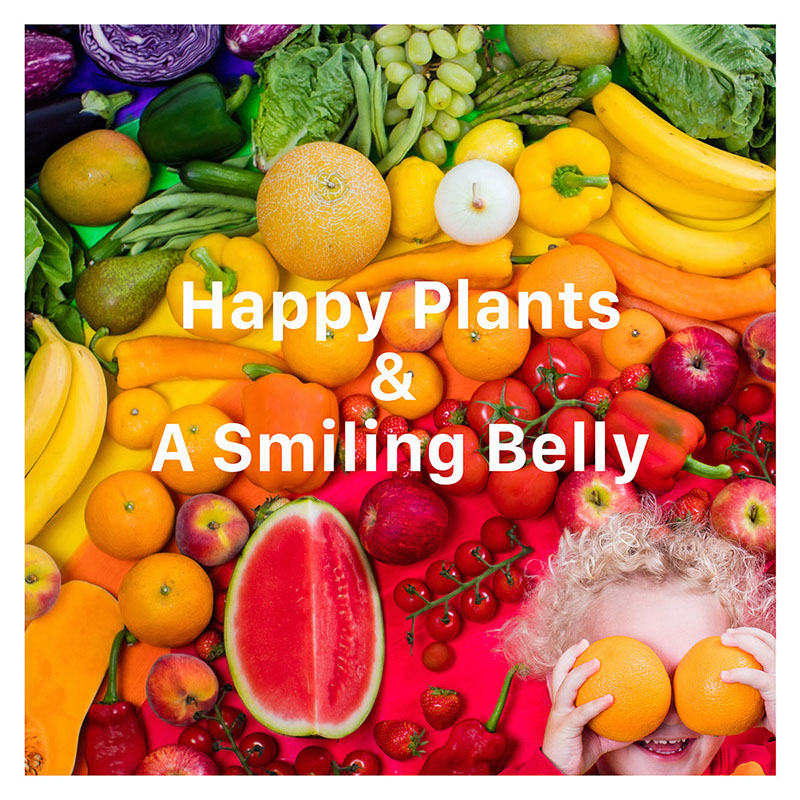
Happy Plants & A Smiling Belly
Investigating the probable future of the human food system
Food sits at the center of human life. It fuels our days and is the root of social activities in restaurants and at family meals. Quite literally, it sustains us. Yet, as a culture, we have lost touch with where our food comes from and how a nutritious, delicious diet can be used to create a healthier, happier, more sustainable future. The products of design explored here propose radical shifts in thinking about the design of public information and offer provocative solutions to heal ailing bodies, toxic lands, and a broken system in the service of happy plants and even happier bellies. Reimagining the production and distribution of fruits, vegetables, and synthetic proteins brings traditional foodstuffs in line with current and future needs, building absolutely toward a healthier future.
The Results
As I approached potential topics for my thesis, I came to understand better how problematic food has become in our modern world. Empowered by personal experience, I decided to look deeply into a system that had lost its way. How could we reshape this system to provide better nourishment to people? How could I leverage my design skills to examine ways to get agriculture back to the roots of its intention, while also capitalizing on the bevy of new technologies and methodologies at our disposal to increase nutrition, reduce waste, and maybe even have some fun along the way? This thesis provides a springboard for beginning to answer some of those questions by delving into the probable future of the human food system.
Thesis Final Presentation Video
CoCreation Workshop Video
Thesis Presentation Introduction
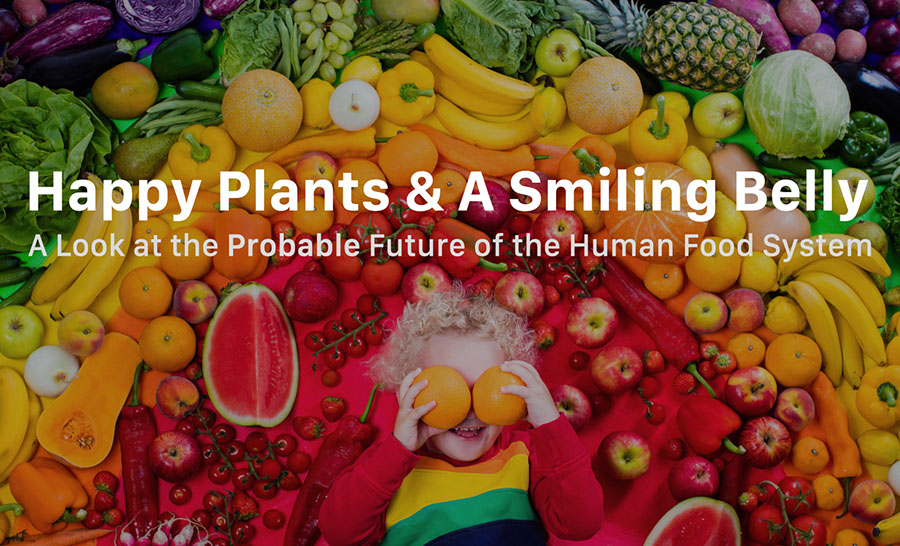
The Following is my thesis “Happy plants and A Smiling Belly”. A Look at the probable future of the human food system.

Food sits at the very epicenter of our life.

It's at the core of our social activities with restaurants and family meals.

And It quite literally sustains us.
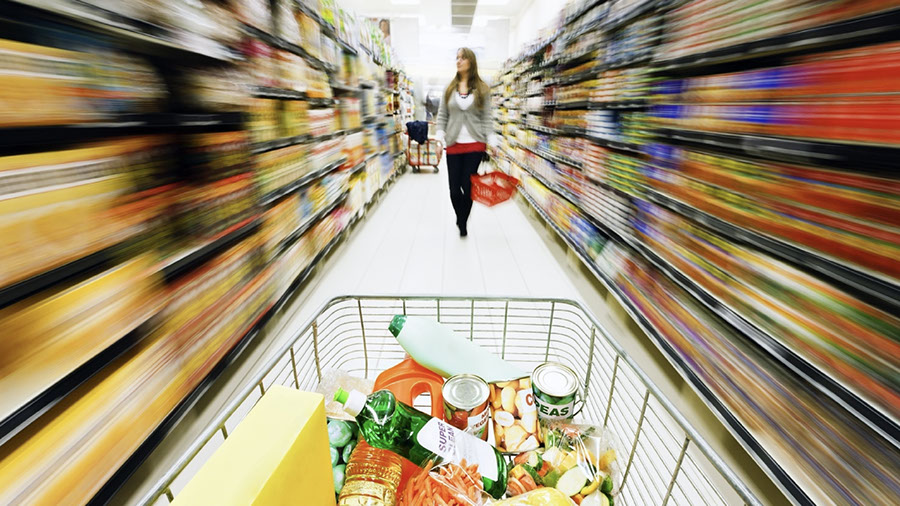
Yet, as a culture, We have grown further and further away from a deep connection with where our food comes from.
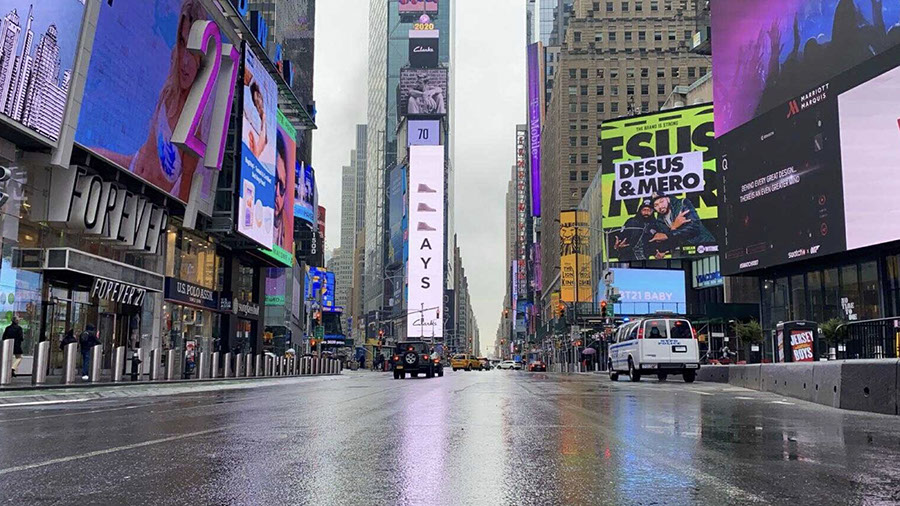
It is also worth noting, In less time than it takes a farmer to plant and harvest a head of lettuce, our nation’s entire food industry has been flipped on its head by the COVID-19 pandemic.
An intricate system for matching supply with demand, established over decades, has been thrown out of whack just as unemployment and food insecurity are skyrocketing among families.

The products of design explored here propose several radical shifts in the design of public information and provocative products to heal a broken system, toxic lands and unhealthy bodies in service of happy plants and even happier bellies.
So, I believe it is time to reimagine the production and distribution system of fruits and vegetables to be in line with our current and future needs ..
building absolutely toward a healthy future.

First let me take you over a bit of the history on how we got here.
We started as hunter gatherers.
Then around 10,000 years ago, early agriculture transformed us into agrarian civilizations.
We then begin selecting traits and creating hybrids.
the industrial revolution gave rise to mechanization which allowed us to grow more with less labor.
And Our current food system rose to prominence following World War Two.
Built on innovations in chemistry, genetic modification and irrigation, we transformed our food system to increase quantity… in doing so, we saved over a billion people from starvation.
However, We are now growing significant quantities of the wrong food with massive collateral damage to the environment.
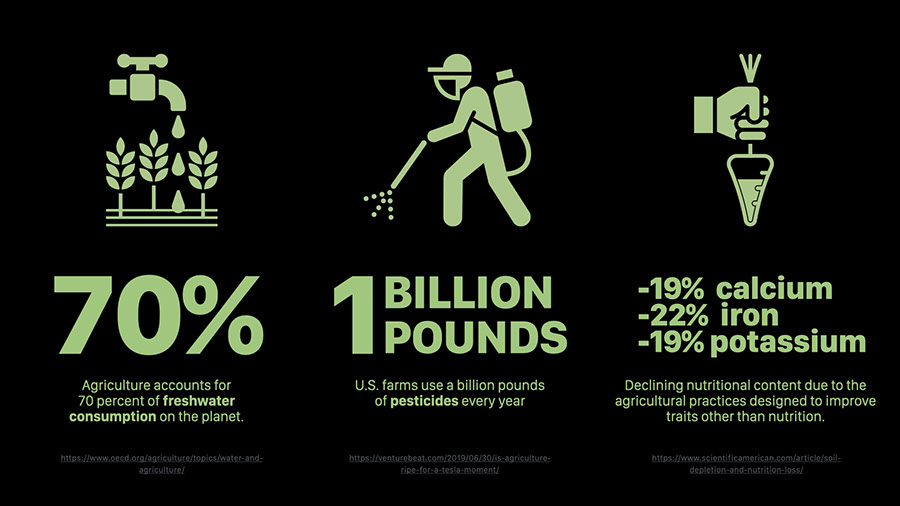
Currently, agriculture accounts for 70 percent of freshwater consumption on the planet.
In the U.S., farms use a billion pounds of pesticides every year.
The impacts on everything from cancer rates to affordability and water safety are profound.
There is also a Reduction in our foods nutrition as the potential of our soil gets depleted.
A 2004 study of the U.S. Department of Agriculture’s nutritional data
of 43 different vegetables and fruits showed “reliable declines”
in the amount of vitamins and nutrients over the past half century.
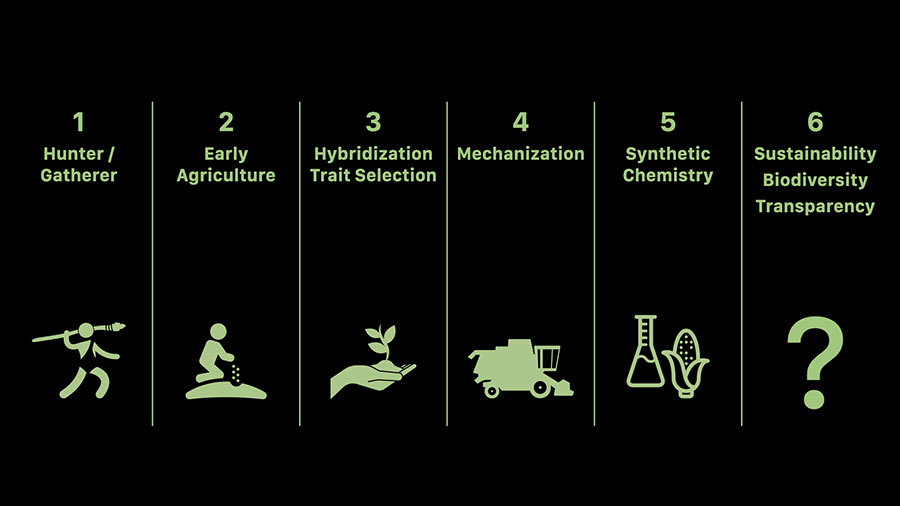
Clearly The time is ripe for another transformation.
One that is built on the pillars of biodiversity, new agricultural methodologies, and digital technologies, as well as solving a consumer desire with transparency across the system.
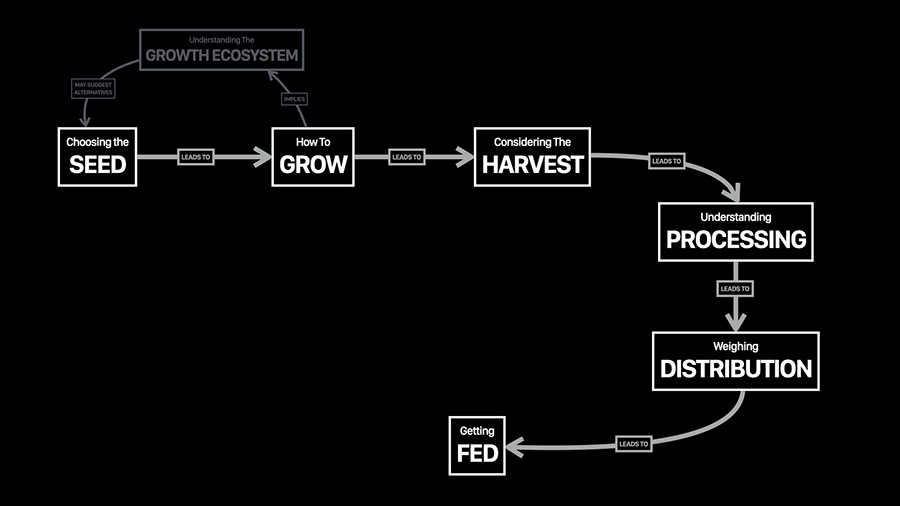
As I looked at the process of producing food..
From choosing your SEED all the way to getting FED.

I learned about the inefficiencies and failures in the current system,
and realized it is essential to examine the impacts of Productivity.. Profit & Loss .. Nutrition .. and ecological impact at each step to look for smart ways to grow past these challenges.
There are a few specific statistics that really highlighted the problems to me

There is an immense amount of food left in the fields. Over 30% of produce grown doesn’t even enter into the supply chain!! This food that is grown
is either unharvested or left behind in the fields because the growers suspect it might not meet the specifications of their buyers.
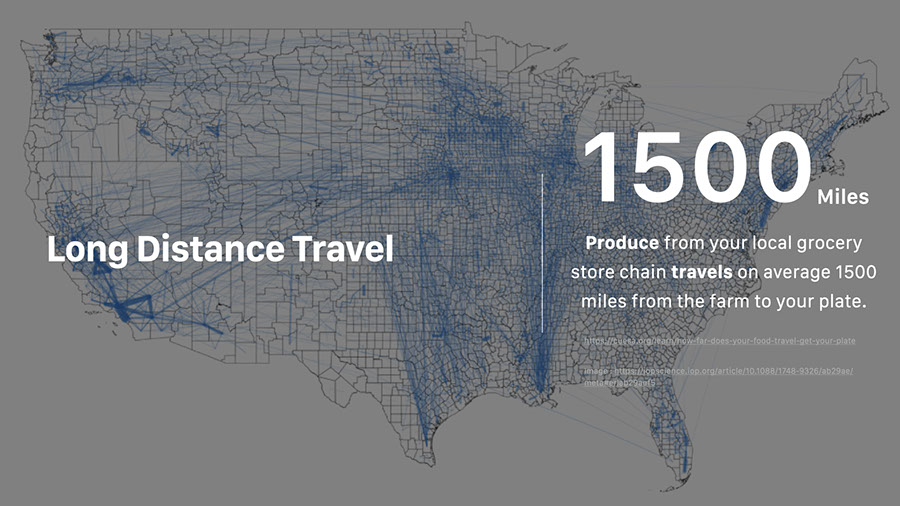
I learned that Produce from your local grocery store chain travels on average 1500 miles from the farm to your plate.
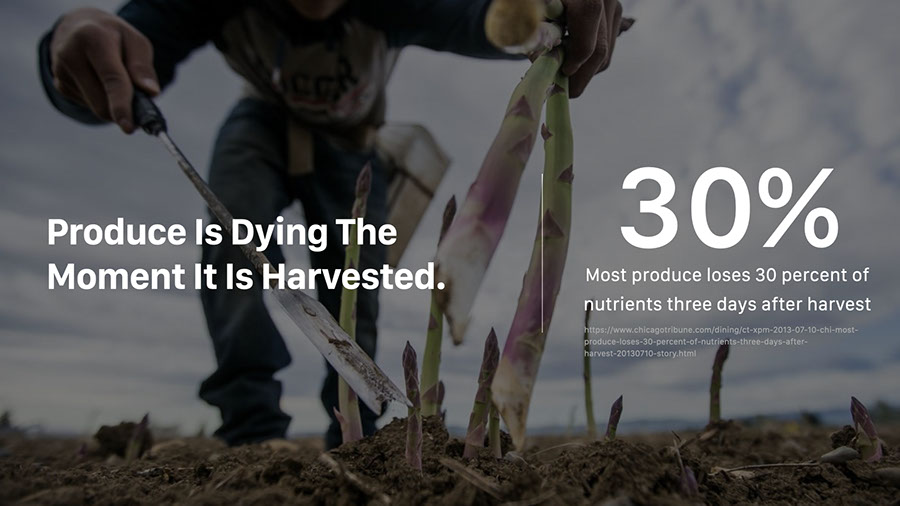
And that Flavor and Nutrition decay the moment produce is harvested.
A University of California study showed that vegetables can lose 15 to 55 percent of vitamin C, for instance, within a week.
On average produce loses 30 percent of nutrients just three days after harvest.
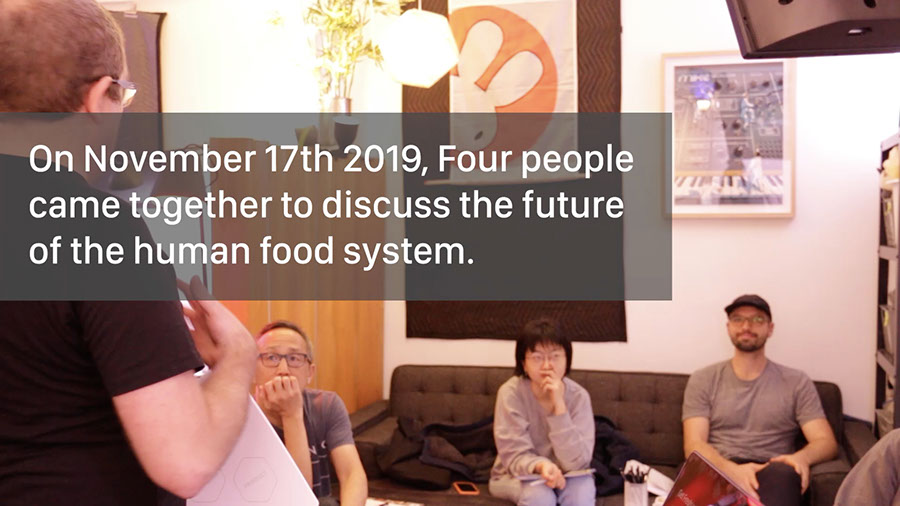
To generate more insight into shopping behaviors, I gathered a few select people together to learn in more detail the ways in which they shop for produce.
We then co-created some concepts that illustrated what their ideal future might look like. My big takeaway was that their comfort with online produce purchasing was increasing, but there IS a hunger for more transparency and interaction in the process.

concurently, I endeavored into an exploration which became a concept called JUICELESS.
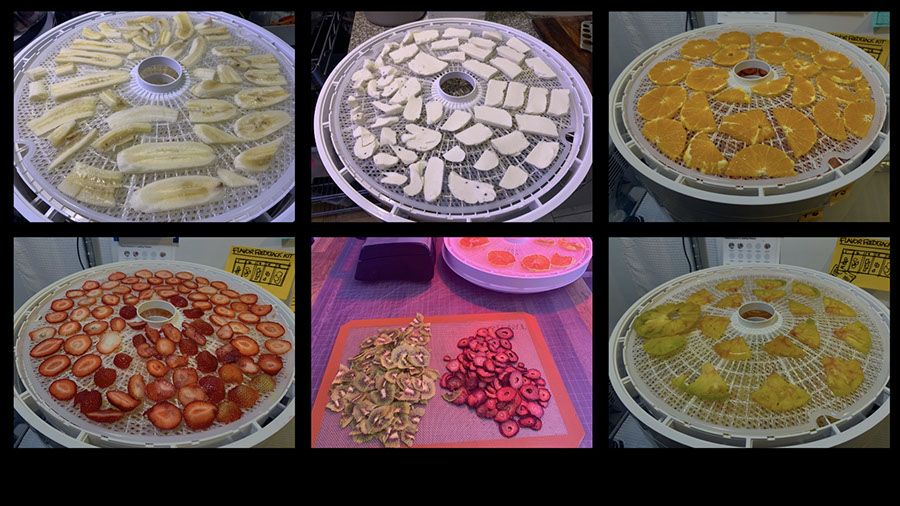
Last semester I began dehydrating just about every food I could get my hands on. The idea was really to get my hands dirty. to interact all of the fruits and vegetables that I could find in the grocery stores and markets. I wanted to learn more about their physical properties.
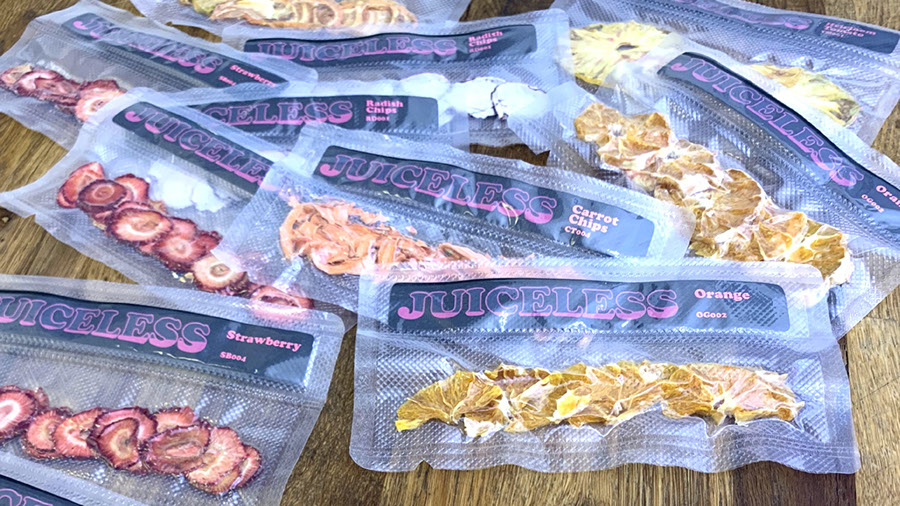
But I produced way more than I could eat, so I started hand packaging samples into biodegradable pouches and sharing them with friends and classmates.
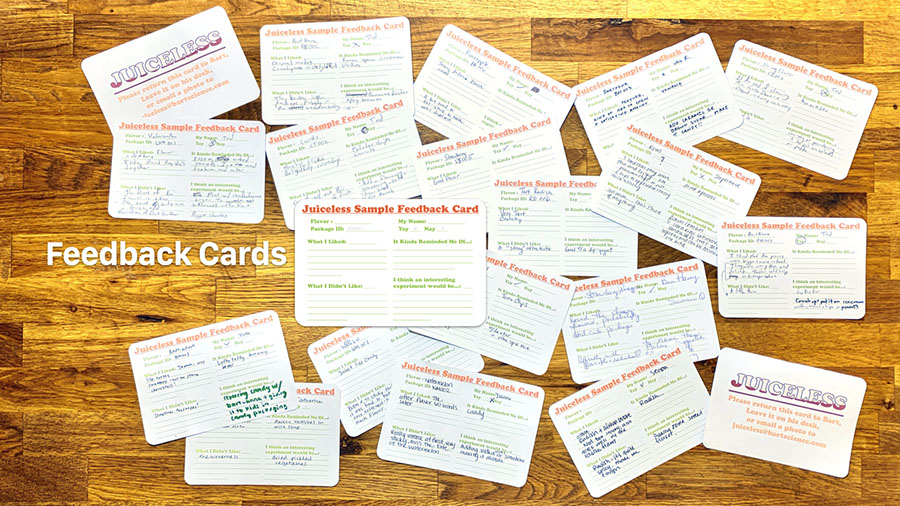
I also included feedback cards to get input from others on what was working and what wasn’t. As well as some fresh ideas for future experiments.
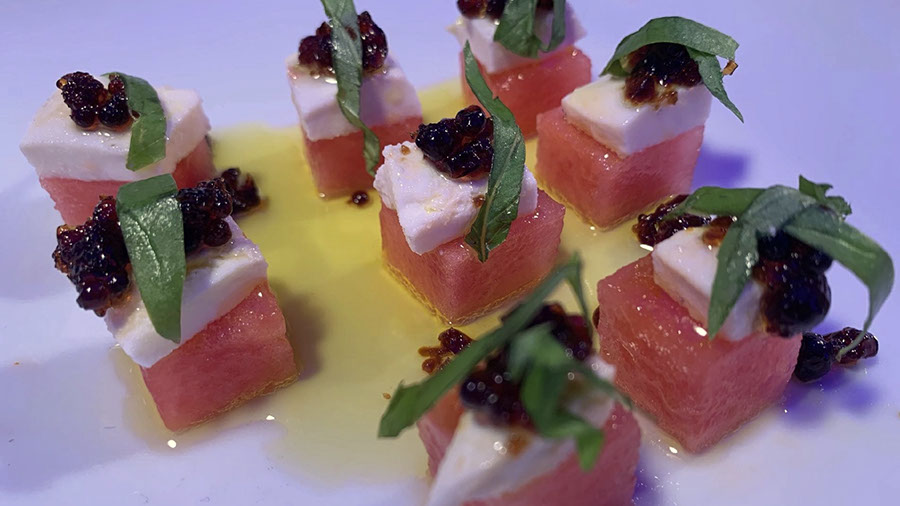
Some particularly interesting explorations were dehydrating cheese, and marinating new flavors into some fruits and vegetables.. balsamic watermelon made a perfect neveau substitute for a caprese salad, and using beef bouillon soaked thin sliced radish..

Armed with all of this research and information, I developed an interconnected family of concepts that traverses the industry from consumer facing services to the infrastructure which enables them.











